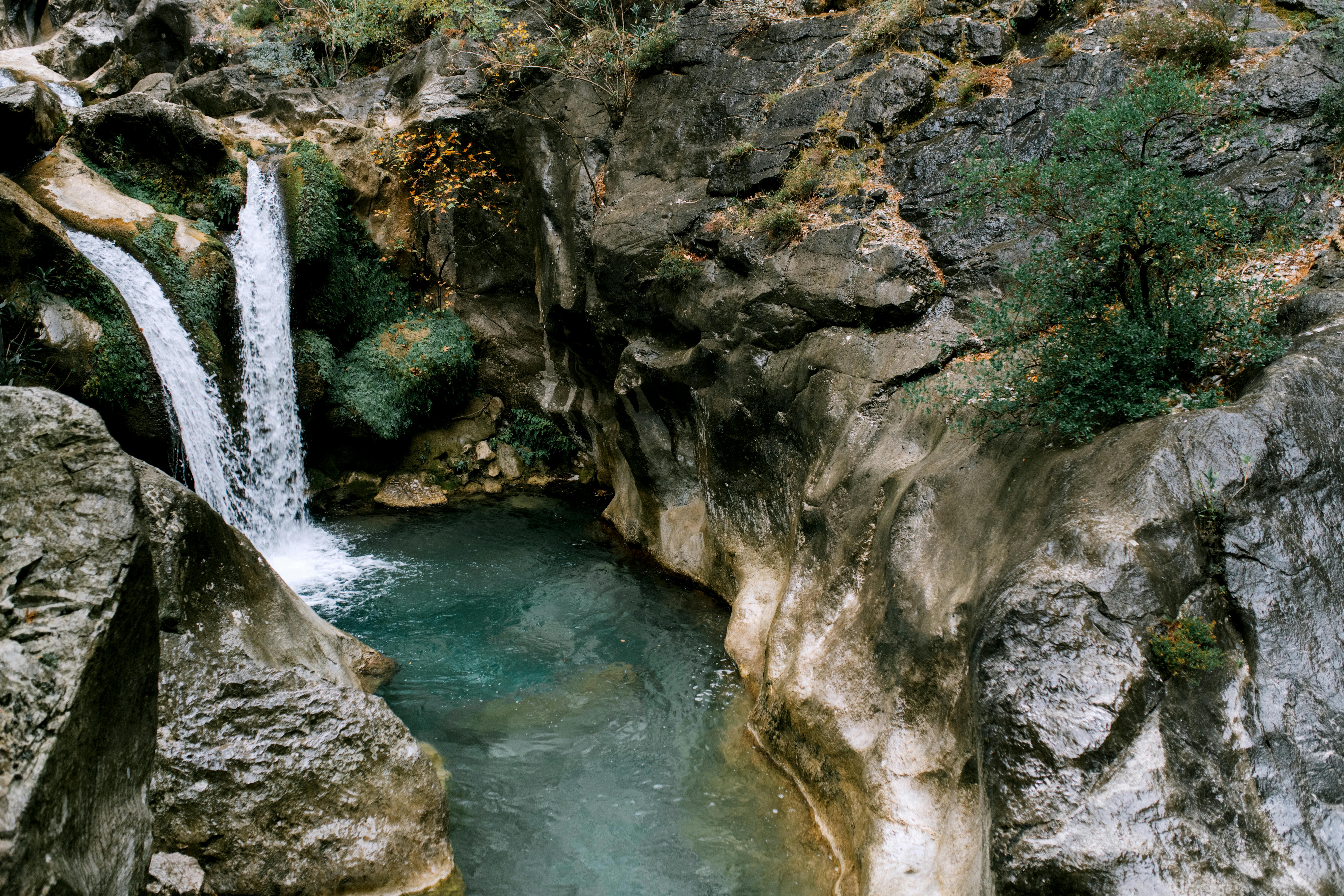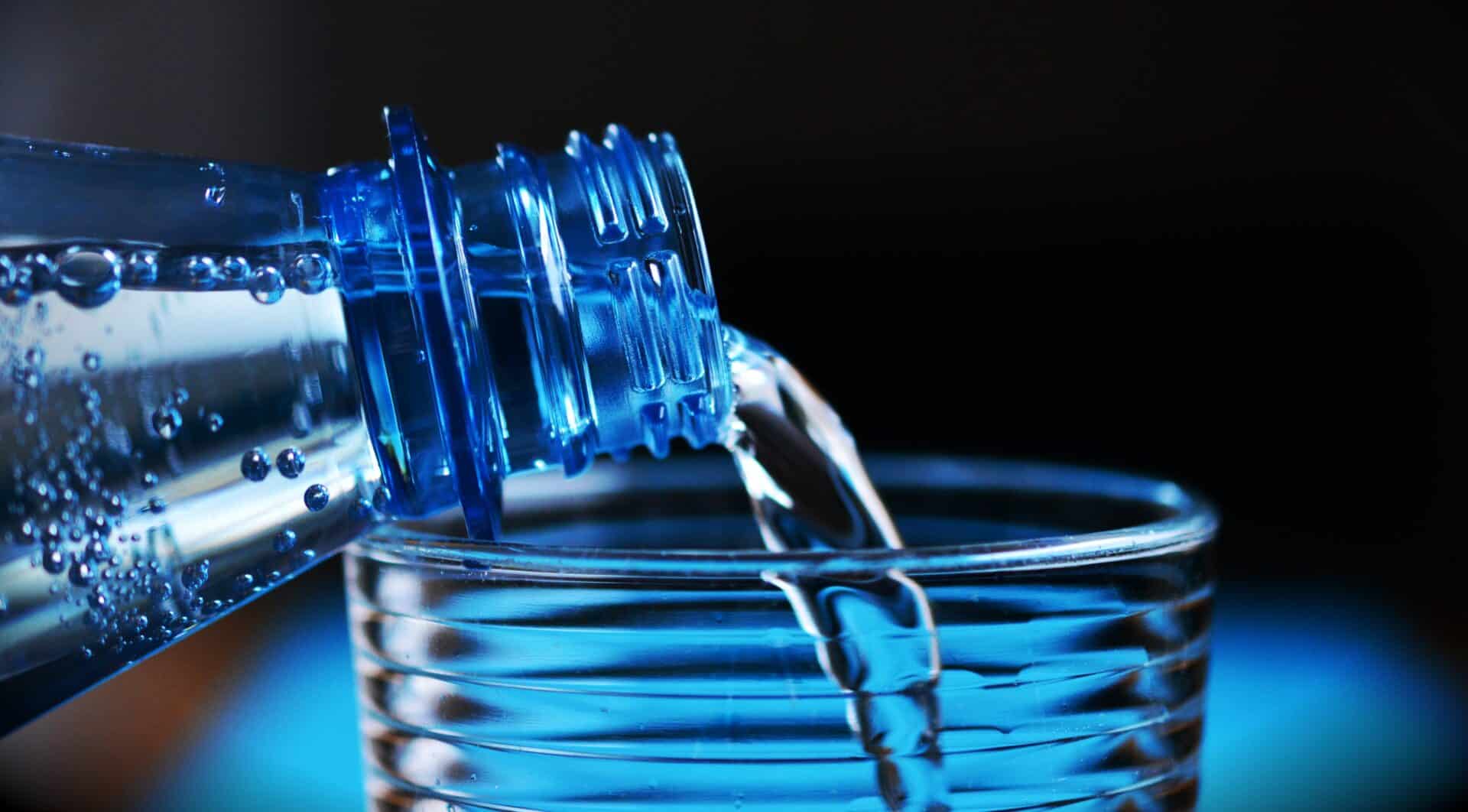When it comes to choosing the best type of water for drinking and other uses, there is often some confusion about the differences between distilled water and bottled water. Distilled water can be purchased in bottles, but it is also possible to make your own distilled water at home. Bottled water, on the other hand, is simply water that has been packaged in a bottle for convenience. Both types of water have their own unique advantages and disadvantages, which need to be considered before making a decision about which type is best for you. In this article, we will take a look at the differences between distilled water and bottled water so you can make an informed decision.Distilled water is water that has been boiled and evaporated away from impurities and then condensed back into a liquid. This process removes any minerals, chemicals, or other contaminants that may be present in the original water source. Distilled water is often used in aquariums, car radiators, and even medical settings as it is free from most contaminants.
What Is Bottled Water?
Bottled water is a type of packaged drinking water that is sealed in plastic or glass containers. It is typically sourced from either spring or groundwater sources, or from municipal water supplies and may be treated through a variety of methods including distillation, reverse osmosis, and deionization. Bottled water is regulated by the Food and Drug Administration (FDA) as a food product, although some states also impose additional regulations. Bottled water is often sold in convenience stores, supermarkets, and other retail outlets.
The quality of bottled water can vary greatly depending on its source. Spring sources are subject to contamination from surface runoff while municipal sources may contain disinfection byproducts such as chlorine or chloramine. Additionally, some bottled waters are treated with ozone to improve taste and odor. Taste can also vary greatly depending on the mineral content of the source water. Bottles labeled “purified” often have very low mineral content while “mineral” waters may have higher levels of calcium, magnesium, and other minerals.
Bottled water has become increasingly popular due to its convenience and portability as well as its perceived safety compared to tap water. However, it can be more expensive than tap water since it must be packaged and transported to retail outlets. Additionally, the environmental impact of bottled water production has been questioned due to the energy required for bottling and transporting the product as well as concerns about plastic waste from discarded bottles.
Sources of Distilled and Bottled Water
Distilled and bottled water are two common sources of drinking water. Distilled water is produced by boiling water to vapor, which is then cooled and condensed back into a liquid form. This process removes minerals and other impurities from the water, leaving it pure and clean. Bottled water is simply purified water that has been processed in accordance with FDA regulations and bottled in approved containers. Both distilled and bottled water are available in a variety of sizes, from small individual bottles to larger 5-gallon containers.
Distilled water is often used for medical purposes, such as mixing medications or dialysis procedures. It can also be used for special diets or for people who are sensitive to minerals found in tap or well water. Bottled water is an accessible source of drinking water that is convenient for travel and can be used as a backup supply during emergencies or disasters. Both types of drinking water can be purchased in stores or online, making them easy to obtain.
When purchasing distilled or bottled water, it’s important to make sure that the product has been tested by an independent laboratory to make sure it meets safety standards and contains no contaminants. It’s also important to look for labels stating that the product has been processed according to FDA regulations. By choosing safe sources of drinking water, consumers can rest assured that their health will not be compromised by drinking contaminated or impure waters.
Nutrients in Distilled and Bottled Water
Distilled and bottled water are two of the most popular sources of drinking water. But not all bottled and distilled water is created equal when it comes to nutrient content. While both types of water can be a healthy choice for hydration, there are some differences in the nutrients that each type contains.
Distilled water is made by boiling or evaporating the liquid from other sources such as rivers and lakes, then condensing it back into liquid form. This process leaves behind any minerals or other contaminants, making distilled water nearly free of any nutrients or minerals. It is also free from chlorine and other contaminants that may be found in tap water.
Bottled water is a bit different because it can come from different sources such as springs, rivers, lakes, wells and other natural bodies of water. Because of this, the nutrient levels can vary greatly depending on where the bottled water was sourced from. For example, some bottled waters may contain higher levels of calcium than others due to their source. Other mineral compounds such as magnesium, sodium and potassium can also be found in certain types of bottled waters.
So while both types of drinking water are healthy choices for hydration, they do contain different levels of essential minerals and nutrients. If you’re looking for a beverage with more nutritional content than distilled or filtered tap water, then you may want to consider choosing a type of bottled water that contains higher levels of essential minerals and nutrients.
The Taste of Distilled and Bottled Water
Distilled water and bottled water are two of the most popular choices when it comes to drinking water. While both types of water offer a variety of benefits, they differ in taste. Distilled water is often described as having a “flat” or “bland” taste, while bottled waters can vary in taste depending on the source.
Distilled water is created by boiling regular tap water and then condensing the steam back into liquid form. This process removes all minerals from the water, leaving it with a very neutral flavor. It does not have any added flavors, so some people may find it to be less appealing than other types of water.
Bottled waters can vary greatly in taste depending on where they come from. Some are sourced from natural springs or mountain streams, giving them a unique flavor profile that you won’t get from distilled water. Others may be sourced from municipal sources, like tap water, but may contain additional minerals that give them a distinct taste. Additionally, many bottled waters are flavored with added ingredients such as fruits or herbs to provide a more pleasant drinking experience.
Ultimately, everyone has their own preference when it comes to the taste of distilled and bottled waters. Some people prefer the clean taste of distilled water while others prefer the richer flavor that comes with bottled waters. Regardless of which type you prefer, both offer great options for staying hydrated throughout your day!

Cost Comparison of Distilled and Bottled Water
The cost of distilled and bottled water varies greatly, depending on the source and the type of water. Distilled water is generally less expensive than bottled water, but there are some factors to consider when comparing the two. Distilled water is made by boiling away impurities, while bottled water is sourced from natural springs or other sources. The cost of distilling will depend on the method used and the quality of the equipment used. Bottled water can cost more due to packaging, shipping, and other overhead costs associated with selling it in stores. Additionally, some brands of bottled water may contain additives such as minerals or vitamins that are not found in distilled water.
When comparing the cost of distilled and bottled water, it’s important to consider how much you need for daily use. If you only need a small amount for occasional use, then distilled may be less expensive than buying multiple bottles of bottled water over time. However, if you use large amounts every day or prefer to buy one large container at a time, then buying in bulk may be more economical than buying individual bottles of bottled water each time. Additionally, if you are looking for a specific type of flavor or mineral content in your drinking water then you may want to opt for a specific brand or type of bottled water that offers these benefits.
Overall, when comparing the cost between distilled and bottled water it is important to consider all factors such as quantity needed, flavors desired, and overhead costs associated with purchasing each type. Taking these factors into account can help determine which option is more cost effective for your individual needs.
Distilled Water
Distilled water is water that has been boiled and evaporated to remove impurities. The boiling process purifies the water by killing harmful bacteria, viruses, and other microorganisms. Distillation also removes minerals, salts and other contaminants that can cause unpleasant taste or odor. To make distilled water safe for drinking, it is treated with a disinfectant like chlorine or ozone. After distillation, the water is bottled and shipped to stores for consumption.
Bottled Water
Bottled water is also purified, but the purification process differs from distilled water. Bottled water typically goes through a process called reverse osmosis, which uses pressure to force contaminants out of the water. Reverse osmosis removes bacteria and viruses as well as pollutants like heavy metals, pesticides and pharmaceuticals. After reverse osmosis is complete, the bottled water is then treated with an ultraviolet light or ozone gas to further purify it before it’s packaged and sold.
In both cases – distilled and bottled – the purification processes ensure that the product is safe for human consumption before it reaches consumers.
Environmental Impact of Distilled and Bottled Water
The environmental impact of distilled and bottled water is significant. This is due to the amount of resources it takes to produce, package, and ship the product, as well as the waste created from its production and packaging. Distilled water requires a large amount of energy to evaporate the water from its source. This energy is often generated by burning fossil fuels, which contributes to climate change. Additionally, bottled water has an enormous carbon footprint due to the plastic packaging that is produced, shipped, and disposed of in landfills. The production of plastic bottles also relies heavily on fossil fuels. The transportation of bottled water also increases its carbon footprint because it must be transported by trucks or planes over long distances, which adds to air pollution levels. Finally, when disposed of improperly or left in landfills, plastic bottles can leach toxic chemicals into the environment and can take centuries to decompose.
The environmental impacts of distilled and bottled water are concerning given its widespread use around the world. To reduce its environmental impact, consumers should explore other sources of drinking water like tap or filtered water instead. Additionally, consumers should be mindful about how they dispose of their plastic bottles and should always recycle them when possible. Companies that produce distilled and bottled water should strive to reduce their carbon footprints by investing in renewable energy sources such as solar or wind power for their operations. Finally, governments should establish regulations that encourage companies to use more sustainable production methods and packaging materials for their products.

Conclusion
The differences between distilled water and bottled water are quite clear. Distilled water is created by boiling or evaporating tap water to remove impurities, while bottled water is generally collected from natural springs, groundwater sources, or municipal sources. Distilled water is preferred for drinking as it contains fewer impurities and has a neutral taste, while bottled water can contain added minerals or be processed with ozone or ultraviolet light. Ultimately, the decision of which type of water to drink is up to the individual and their own personal preference.
No matter which type of water you prefer to drink, it’s important to ensure that it is free from contamination and safe for consumption. Be sure to check labels for information about the source of your drinking water, as well as any additional treatments that have been applied.

